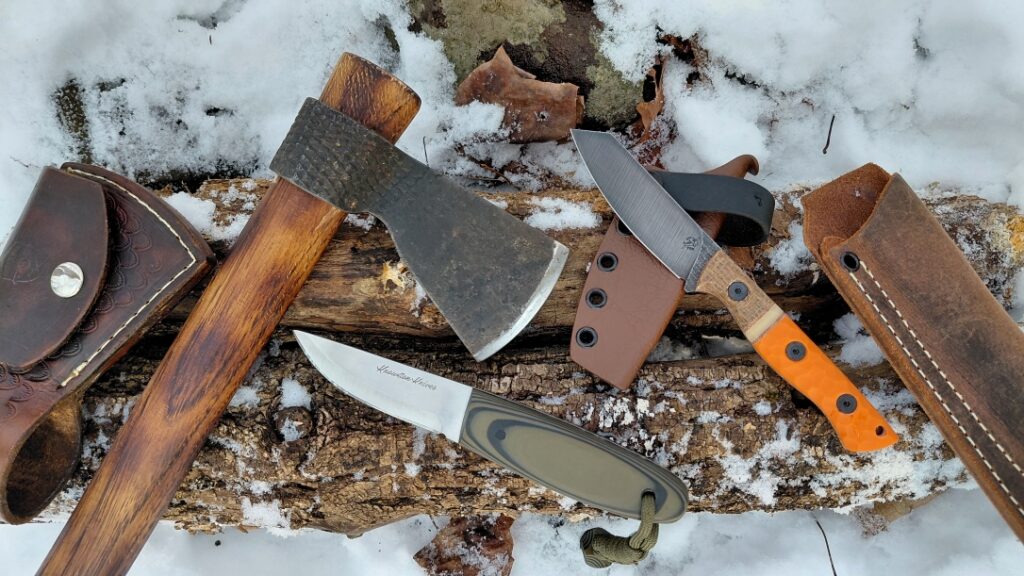The SKS was the prepper carbine for decades. It, during the mil-surp years, was the budget friendly way to get into a “fighting” rifle. Yes, budget friendly compared to $200-$300 dollar AK rifles. You could leave a store with an SKS and a tin of ammo (but probably not the can opener) for under $200.
The SKS was the first non rimfire rifle I ever fired, probably about the age of seven. I missed mildly and immediately put it down. I don’t believe I’ve fired one since. Thanks to the practical and comedic machinations of Phuc Long, Josh, and Henry I can probably continue that streak as long as I wish.
The SKS is the semi-short lived middle child the Soviet Union spawned between the completion of WWII, where a variety of weapons were in use by the Red Army, and the AK47 beginning the era of the infantry assault rifle in full. The SKS, the Type 56, was one of a family of weapon based around the 7.62×39 intermediate cartridge.
Advertisement — Continue Reading Below
One caliber, many weapon systems, simplified logistics.
We saw early iterations of this doctrinal thinking with the M1/M1 in US Service. The M1 Garand was the fighting rifle while the M1 carbine was the support soldier’s service weapon, or a specialized item for Airborne Paratroopers and similar mission profiles who need a way to bring as much rifle and ammo as lightly as possible.
This was taken a step further by the Comm-Bloc states and Chinese who went to one caliber for several platforms. Where the M1/M1 shared a caliber diameter (.30/7.62/.308) which did simplify logistics to a degree, the 7.62×39 gave a single round to produce and supply for all troops. AKs, RPD, and later RPK machine guns would be used by combat troops and SKS rifles could be supplied to support echelons if AKs where in short supply. Those rear working soldiers needed something simple and effective but not the select fire capable hi-cap AKs necessarily.
Advertisement — Continue Reading Below
We are actually seeing a reemergence of this trend in both the Marine Corps’ M27 and the Army’s NGSW. Neither rifle is slated for full service adoption at this juncture, they are assigned to combined arms troops who require and can utilize the more capable systems. Logistically this also makes sense, especially in the Marine Corps case where M4’s and M16’s still use the common round.
I suspect that the Army, and the Marines, have a plan for a phased implementation of the NGSW service wide too, but the focus of the full technology systems and improvements is going to remain on the combat arms troops first. We are likely to see various components cannibalized, especially optics, by non-frontline forces to round out their rifles even as they get the opportunity to switch and 5.56 will remain for a decade at the least.
This is because a rifle phase-out does not happen overnight. As an example, the Army had largely gone to the M4 over the M16A2 for forward deploying forces by 2005 but M16’s were still in Reserve and National Guard armories until 2019 (and may still be in a few). Being purchased in lots of 100,000-120,000 and implementing the A1 upgrades, the M4/M4A1 has been in a fluid state.
Advertisement — Continue Reading Below
The Marine Corps uses a mix of the M4 and M27 for its ~17,000-19,000 infantry personnel and has a plan to equip the full force with M27 IAR/SDO setups in the immediate future as purchases are completed from Trijicon and H&K. The Marines, being a smaller force, are able to implement changes quickly and with smaller purchase orders. An order of 120,000 units would equip 2/3 of the FMF while only covering about 10% of the combined US Army Personnel.
All that said tangent aside, the SKS holds an interesting niche in both military and civilian arms history… as well as being the unfortunate subject of memery and fuddsmithing galore.















